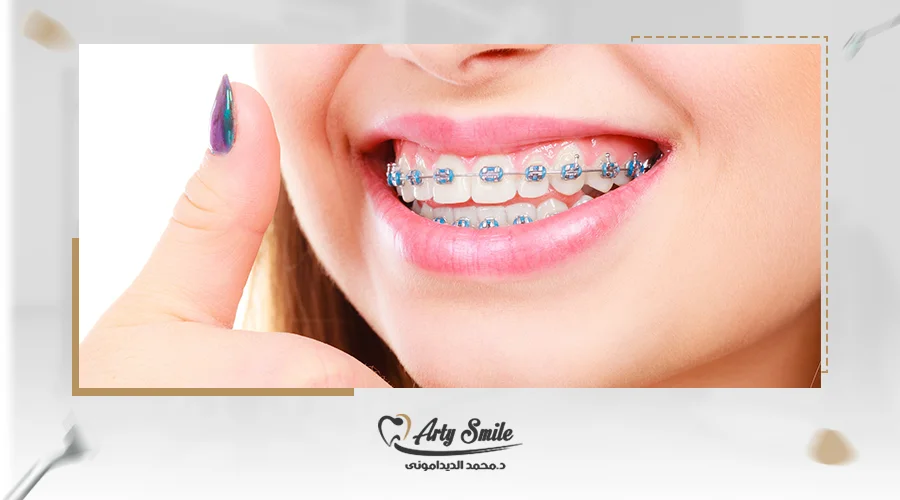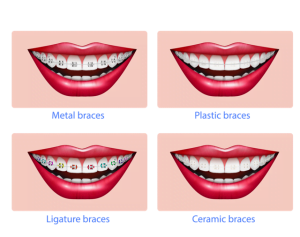Dental Braces – Teeth Straightening
Dental braces are wire-based appliances that orthodontists use to correct crowded and misaligned teeth or jaws.
Many people who need dental braces get them during their early teenage years, but adults also can benefit from wearing braces.
The goal of dental braces is to properly align your teeth and jaws to produce an even bite and pleasing smile.
For minor corrections, an option is a series of customized, removable appliances called clear aligners or “invisible braces.” These may have a more acceptable appearance to some adults.
If you’re considering clear aligners versus fixed braces, ask about the cost and the pros and cons for your specific needs. Many people need fixed braces to properly correct their dental problems.
Modern materials and technologies make the experience of having dental braces much more comfortable than in the past.
Types of Braces:
- Metal/traditional braces are made of metal. They include brackets that are attached to the front of your teeth or bands that fit around each tooth, as well as flexible wires or arch wires that hold the brackets or bands together.
- Ceramic braces: The brackets in traditional braces are now also made in tooth-colored ceramic, so you don’t notice them as much. They can also be made with stainless steel, clear materials, or gold.
- Lingual braces: The brackets on these braces are attached to the backs of your teeth, facing your tongue. Lingual braces are harder to see.
- Clear aligners: You might also hear them called invisible braces. These are clear plastic trays that fit snugly onto your teeth.
- Some braces also include rubber bands or metal ties that link the brackets to the wire. These bands create more pressure to help straighten and align your teeth.
- They use pressure to gently move your teeth into the correct positions and straighten your smile. You remove the aligners to eat, brush, or floss, but you should keep them in at least 22 hours each day for them to work.
- The orthodontist may also place tooth-colored attachments onto your teeth to hold the aligners in place. Find more information on dental aligners and how to straighten teeth at home.


